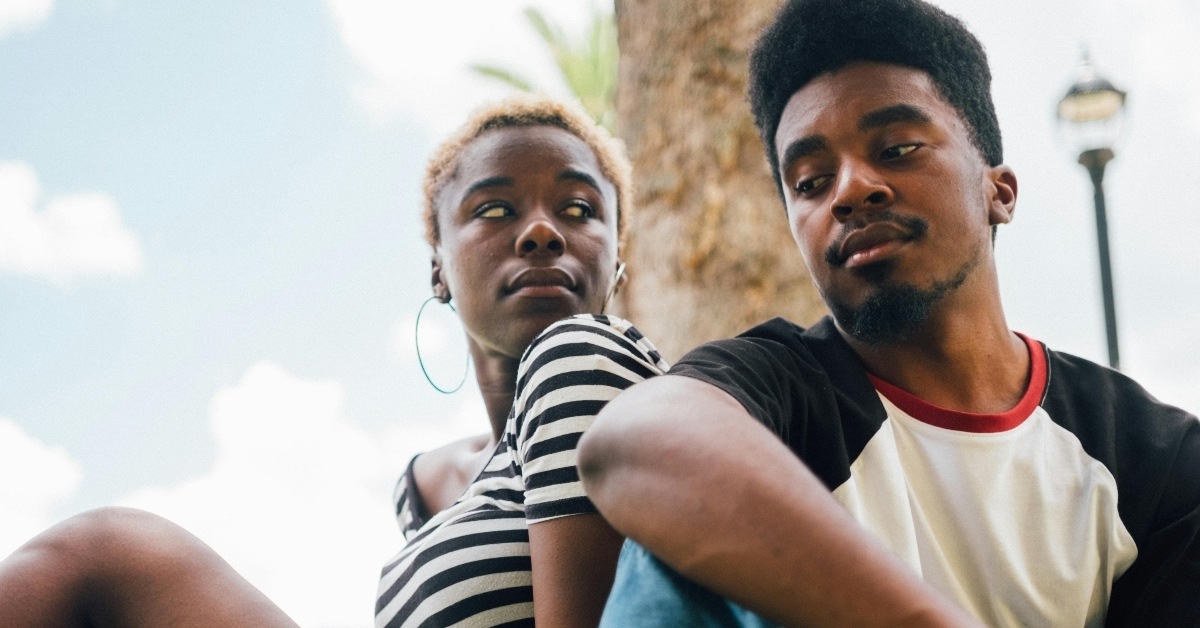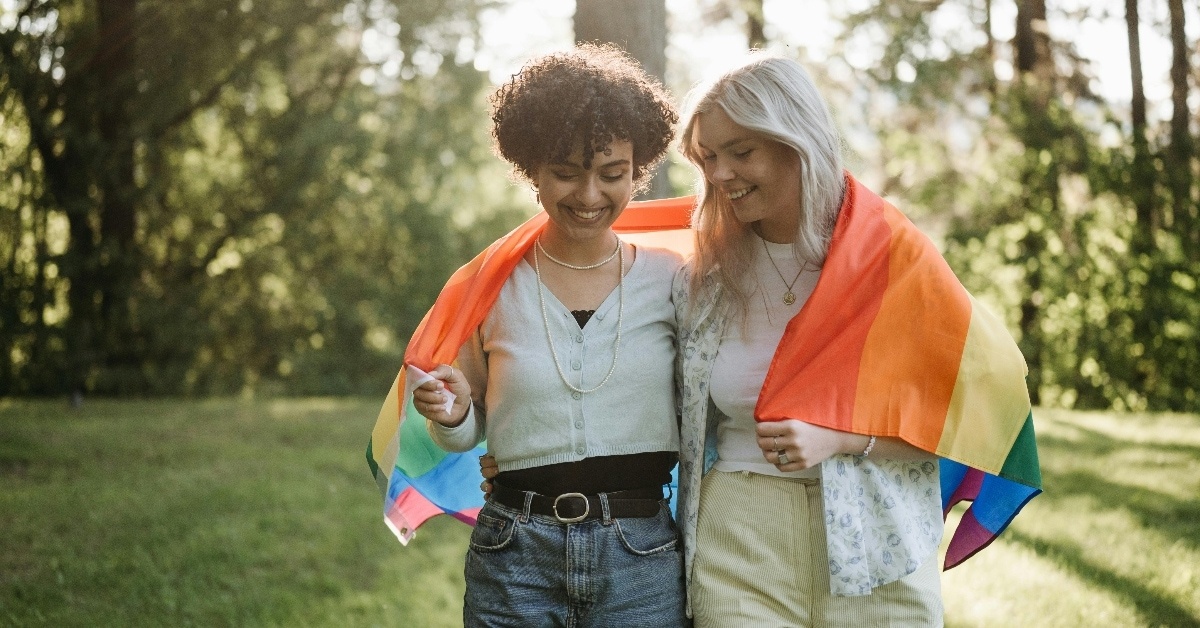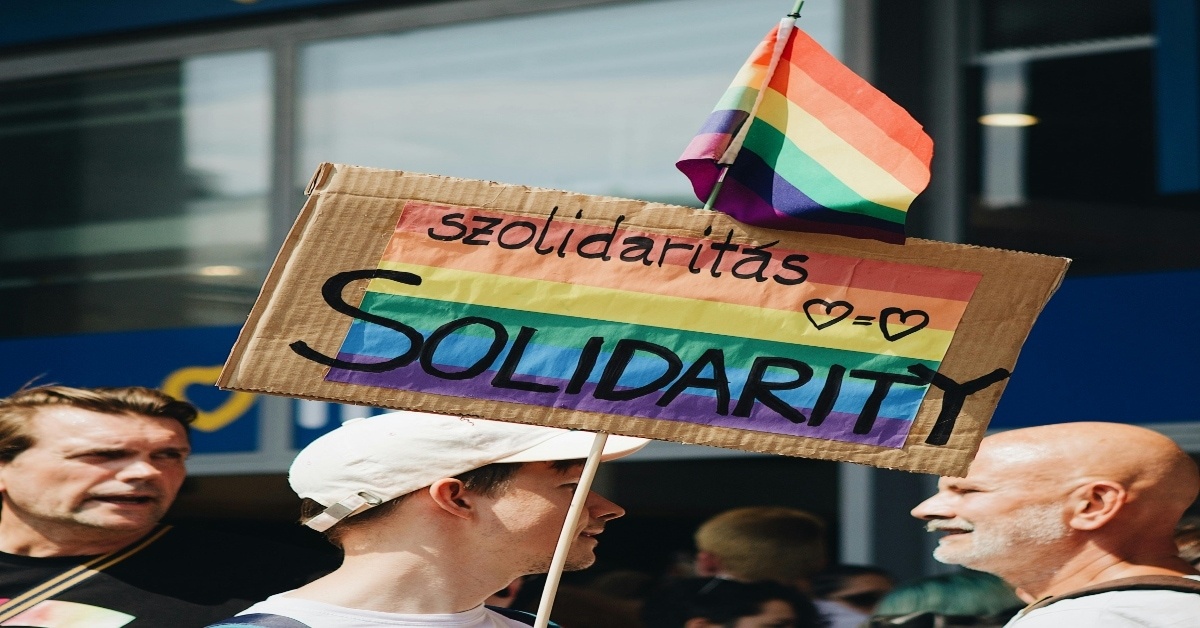BY: Zaniah Boykin
Published 3 months ago

Contrary to popular belief, the “A” in LGBTQIA+ does not stand for Ally. The LGBTQIA+ community is comprised of various identities, and “Ace” is one of them, which is short for asexual. In a general sense, this word is used to describe someone who does not experience sexual attraction. Unfortunately, asexuality is often overlooked or misunderstood, but it is real and just as important as any other identity. It’s important to understand what it means to be Ace so we can build a more inclusive and accepting world for everyone.
What is Asexuality?

Being asexual can mean not experiencing sexual attraction, but that doesn’t mean someone doesn’t want love, relationships, or deep connections. Asexuality exists on a spectrum — and while some Aces never feel sexual attraction, others can experience it rarely or under certain conditions. Aces can still have romantic relationships, fall in love, and experience intimacy in ways that work for them.
Different Identities on the Asexual Spectrum

Asexuality is not a one-size-fits-all identity. Here are the different identities within the Ace spectrum.
- Graysexual (Gray-A): Experiences sexual attraction only occasionally or in specific situations.
- Demisexual: Experiences sexual attraction only after forming a deep emotional bond.
- Aegosexual: May like the idea of sex in theory but does not personally want to engage in it.
Just because someone is an Ace doesn’t mean they don’t want relationships. Some Aces want love, companionship, and emotional closeness — just without the sexual component. Also, not all Aces are hetero-asexual. Each letter in the LGBTQIA+ acronym can come before the Ace/Asexual identity. There is also a queerplatonic term for those who have a deep emotional connection with another person of the same gender without being romantically involved. These terms may continue to expand in the future.
Asexuality vs. Aromanticism

Asexuality and aromanticism are different but sometimes can intertwine. Aromantic people can sometimes not feel the desire or inclination to form romantic relationships with others, while Aces may not feel the need to engage in sexual activities. Again, these exist on a spectrum. Some people identify as both asexual and aromantic, while others identify as Ace’s but still desire romantic relationships. Attraction comes in different forms, and everyone experiences it (or doesn’t) in their own way.
Challenges Asexual People Face
Similar to other identities, Aces deal with many misconceptions. Below, we list some of the most common challenges Aces face.
- Not Being Taken Seriously: Some people believe asexuality isn’t real or it’s just a phase. This invalidation can make Aces feel isolated and misunderstood, leading to frustration and a lack of support and pride in how they express their love.
- Pressure to Fit In: Society places a huge emphasis on sex, and Aces may feel pressured to conform. Media, peer expectations, and even some relationships often assume sexual attraction is a given, which can make Aces feel out of place.
- Harmful Myths: Some believe Aces are “broken” or just “haven’t met the right person,” which can be frustrating and hurtful. These misconceptions can lead to attempts to “fix” someone who is perfectly fine as they are.
- Lack of Representation: Asexuality is rarely represented in media, making it harder for Aces to find relatable role models. This can contribute to feelings of invisibility and make self-acceptance more challenging.
- Medical and Psychological Misunderstanding: Some Aces face skepticism from doctors or therapists who may wrongly attribute their identity to trauma or a medical condition rather than being natural for them.
Why Ace Visibility Matters

Asexuality is a part of the LGBTQIA+ community and deserves recognition. Spreading awareness can help Aces feel seen, respected, and encourage them to embrace how they love. It also challenges harmful myths and makes the world a more educated and accepting place. Understanding and supporting people who identify as Aces is an essential step toward ensuring everyone in the LGBTQIA+ community feels valued and included.
What are some things you wish people understood about Aces? Comment below!









